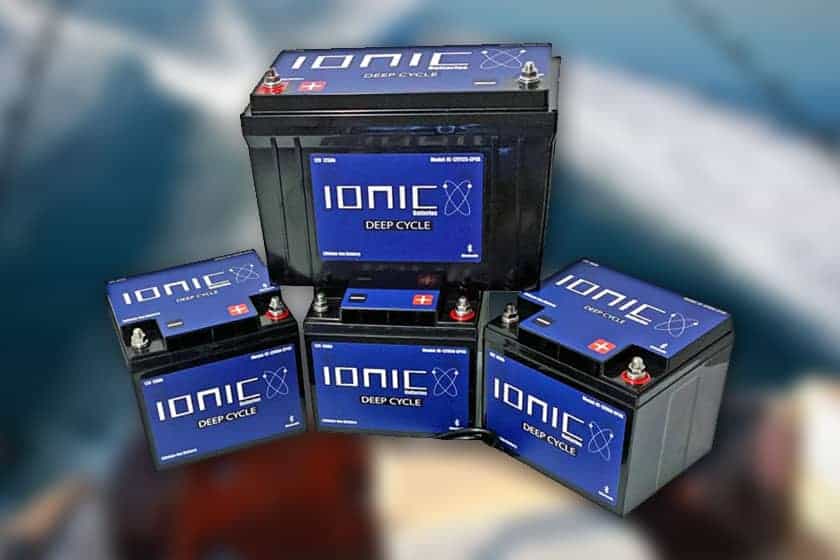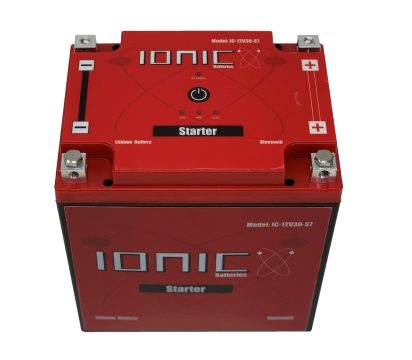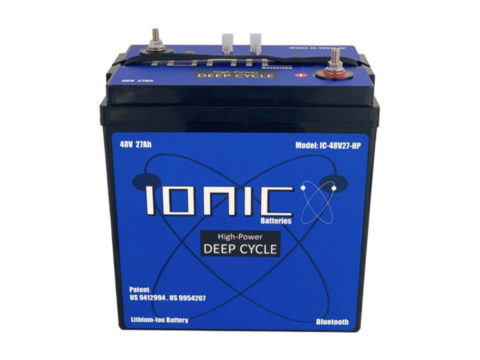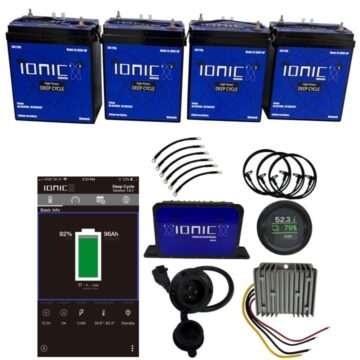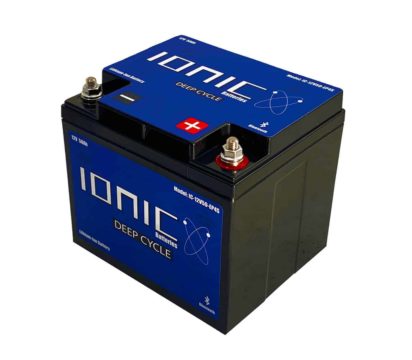Discharge Rate And Lithium Batteries
What’s C-rate?
The C-rate is a unit to declare a current value which is used for estimating and/or designating the expected effective time of battery under variable charge/discharge condition. The charge and discharge current of a battery is measured in C-rate. Most of portable batteries are rated at 1C. This means that a 1000mAh battery would provide 1000mA for one hour if discharged at 1C rate. The same battery discharged at 0.5C would provide 500mA for two hours. At 2C, the 1000mAh battery would deliver 2000mA for 30 minutes. 1C is often referred to as a one-hour discharge; a 0.5C would be a two-hour, and a 0.1C a 10-hour discharge. The capacity of a battery is commonly measured with a battery analyzer. If the analyzer’s capacity readout is displayed in percentage of the nominal rating, 100% is shown if a 1000mAh battery can provide this current for one hour. If the battery only lasts for 30 minutes before cut-off, 50% will be displayed. A new battery sometimes provides more than 100% capacity. When discharging a battery with a battery analyzer that allows the setting of different discharge C-rates, a higher capacity reading is observed if the battery is discharged at a lower C-rate and vice versa. By discharging the 1000mAh battery at 2C, or 2000mA, the analyzer is scaled to derive the full capacity in 30 minutes. Theoretically, the capacity reading should be the same as with a slower discharge, since the identical amount of energy is dispensed, only over a shorter time. Due to internal energy losses and a voltage drop that causes the battery to reach the low-end voltage cut-off sooner, the capacity reading may be lowered to 95%. Discharging the same battery at 0.5C, or 500mA over two hours may increase the capacity reading to about 105%. The discrepancy in capacity readings with different C-rates is related to the internal resistance of the battery.
To calculate of load current value with charge/discharge rate, it can be obtained by;
∴ C-Rate (C) = Charge or Discharge Current (A) / Rated Capacity of Battery
Also, expected available time of the battery on given discharge capacity can be obtained by;
∴ Used hour of the battery = Discharge capacity (Ah) / Discharge current (A)
Discharge Capability of high power Lithium cell.
[Example] In High Power products, rated capacity of SLPB11043140H model is 4.8Ah. A Lithium-ion NMC cell.
1. What is 1C discharge current condition at this model?
∴ Charge (or discharge) Current (A) = Rated capacity of the battery * C-rate = 4.8 * 1(C) = 4.8 A
It’s means the battery is available for 1 hour by this current discharge condition.
2. The discharge current value under 20C discharge condition is 4.8(A)*20(C)=96A This battery reveals the excellent performance even if the battery discharges 20C discharge condition. The following is the available time of the battery when the capacity of battery shows 4.15Ah
∴ Used hours (h) = Discharged capacity(Ah) / Applied current(A) = 4.15(Ah) / 96(A) ≒ 0.043hours ≒ 2.6 minutes with 96A
It means the battery can be use for 2.6minute (0.043h) with load current of 96A
Learn more about lithium batteries here:

